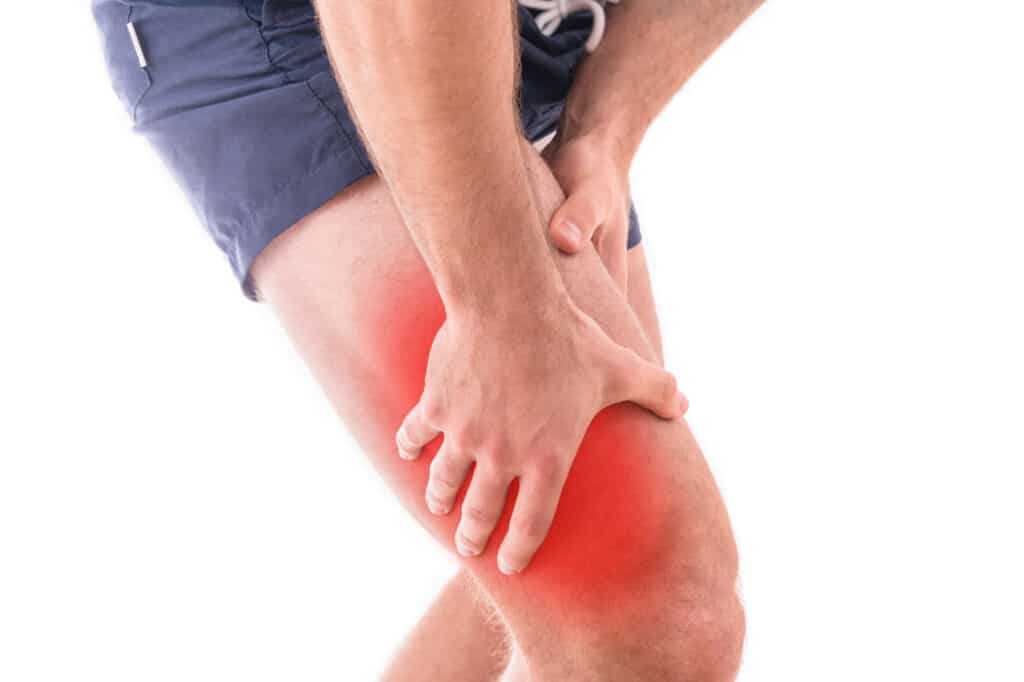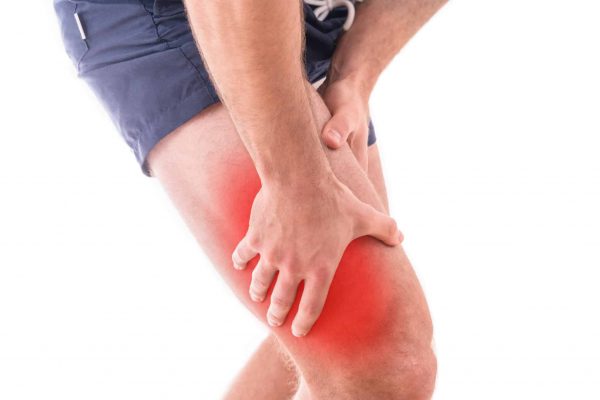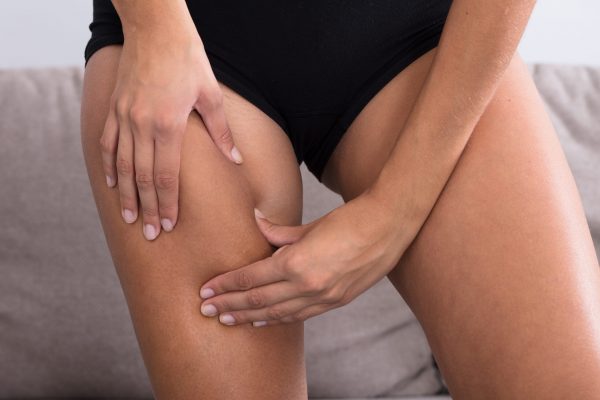
Quadriceps strains are a common injury, particularly among athletes and physically active individuals. This injury can be debilitating causing pain, swelling and a significant reduction in mobility. However, osteopaths can play a crucial role in managing and treating quad strains effectively. This blog post will explore how osteopaths help with quad strains and the unique approach offered by CARESPACE, which includes coordinated care from a multidisciplinary team.
Understanding Quadriceps Strain
The quadriceps, or “quads,” are a group of four muscles located at the front of the thigh. These muscles are essential for walking, running, jumping, and other movements that involve straightening the knee. A quad strain occurs when one or more of these muscles are overstretched or torn, typically due to sudden or excessive force.
Symptoms of a quad strain include:
- Sharp pain at the front of the thigh
- Swelling and bruising
- Muscle weakness
- Difficulty walking or bending the knee
Quad strains are categorized into three grades:
Grade 1: Mild strain with minor discomfort and no significant loss of function.
Grade 2: Moderate strain with partial muscle tear, pain, swelling, and some functional loss.
Grade 3: Severe strain with a complete muscle tear, significant pain, swelling, bruising, and substantial functional loss.
The Role of Osteopaths in Treating Quad Strains
Osteopathy is a holistic approach to healthcare that focuses on the musculoskeletal system. Osteopaths use a variety of hands-on techniques to diagnose, treat, and prevent conditions and injuries, including quad strains. Here’s how osteopaths help with quad strains:
1. Accurate Diagnosis
The first step in treating a quad strain is an accurate diagnosis. Osteopaths conduct a thorough examination, which includes a detailed medical history and physical assessment. They may use palpation to identify areas of tenderness, muscle spasms, and inflammation. This comprehensive evaluation helps determine the severity of the strain and guides the treatment plan.
2. Pain Relief
One of the primary goals in the initial stage of treatment is to alleviate pain. Osteopaths use various techniques to reduce pain and discomfort, such as:
Soft Tissue Manipulation: Gentle massage and stretching techniques help relax the muscles, improve blood flow, and reduce muscle spasms.
Myofascial Release: This technique targets the fascia, a connective tissue that surrounds muscles. Releasing tension in the fascia can relieve pain and improve mobility.
Joint Mobilization: Gentle movements of the joints can help reduce pain and improve range of motion.
3. Reducing Inflammation
Inflammation is a common response to muscle strain. Osteopaths use techniques like lymphatic drainage to reduce swelling and promote the removal of inflammatory fluids. This can accelerate the healing process and improve comfort.
4. Restoring Function
Once the acute symptoms are managed, the focus shifts to restoring normal function. Osteopaths use a range of techniques to improve muscle strength, flexibility, and coordination. These may include:
Stretching Exercises: Gentle stretching helps improve flexibility and prevent muscle stiffness.
Strengthening Exercises: Targeted exercises help rebuild muscle strength and prevent future injuries.
Functional Training: Exercises that mimic daily activities or sports-specific movements can help restore normal function and improve performance.
The CARESPACE Advantage: Coordinated Care for Optimal Recovery
At CARESPACE, we believe in a client-focused, multidisciplinary approach to healthcare. Our team of regulated health professionals works together to provide comprehensive, evidence-based care tailored to each individual’s needs. Here’s how CARESPACE can help with quad strain recovery:
1. Multidisciplinary Team
CARESPACE offers a diverse team of practitioners, including chiropractors, kinesiologists, fitness trainers, dietitians, RMTs, naturopathic doctors, physiotherapists, osteopaths, and psychotherapists. This multidisciplinary team collaborates to develop a personalized care plan that addresses all aspects of recovery.
2. Integrated Approach
Our integrated approach ensures that each practitioner contributes their expertise to the care plan. For instance, while an osteopath focuses on manual therapy to alleviate pain and restore function, a physiotherapist might design a tailored exercise program to strengthen the muscles. Meanwhile, a dietitian can provide nutritional advice to support healing and overall health.
3. Client-Centered Care
At CARESPACE, the client is at the center of everything we do. We take the time to understand each client’s primary concerns and long-term health goals. This client-centered approach ensures that the care plan is not only effective but also aligned with the client’s lifestyle and preferences.
4. Coordinated Care
Coordinated care is a hallmark of CARESPACE. Our practitioners communicate regularly to ensure that the care plan is cohesive and that each aspect of the client’s health is addressed.
This coordination minimizes the risk of conflicting treatments and ensures that the client receives comprehensive care.
Osteopaths play a vital role in the treatment and recovery of quad strains. Their hands-on techniques, combined with a holistic understanding of the body, provide effective pain relief and functional restoration. At CARESPACE, we enhance this approach through coordinated, multidisciplinary care, ensuring that each client receives comprehensive, personalized treatment that addresses their unique needs and goals. If you’re dealing with a quad strain or any other musculoskeletal issue, consider the CARESPACE advantage. Our team of dedicated practitioners is here to help you achieve your health and wellness goals, ensuring a faster and more effective recovery.




